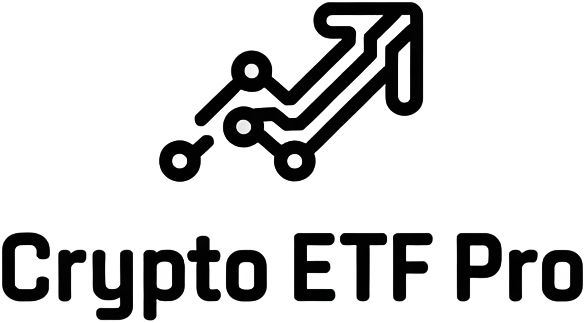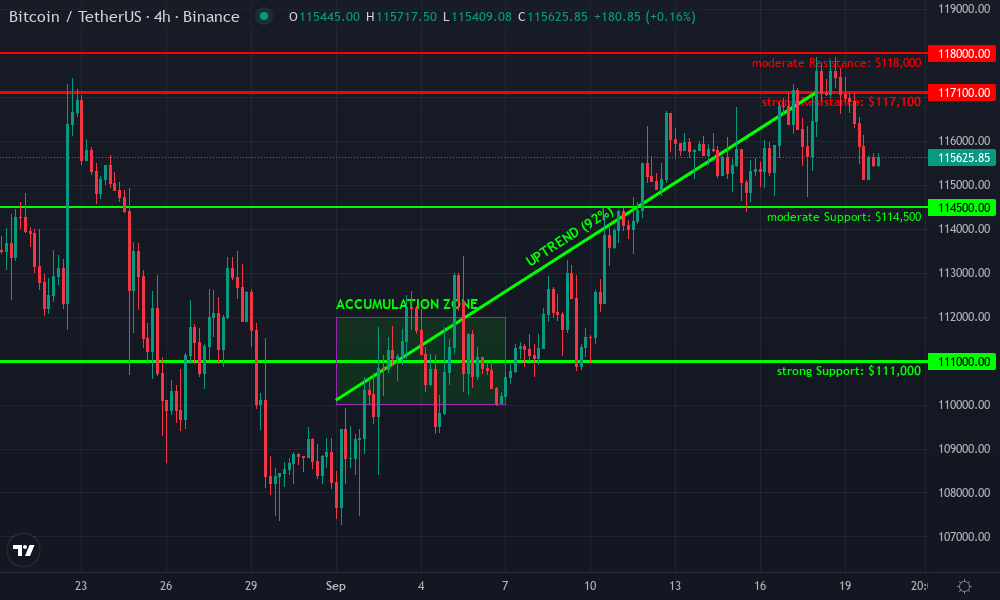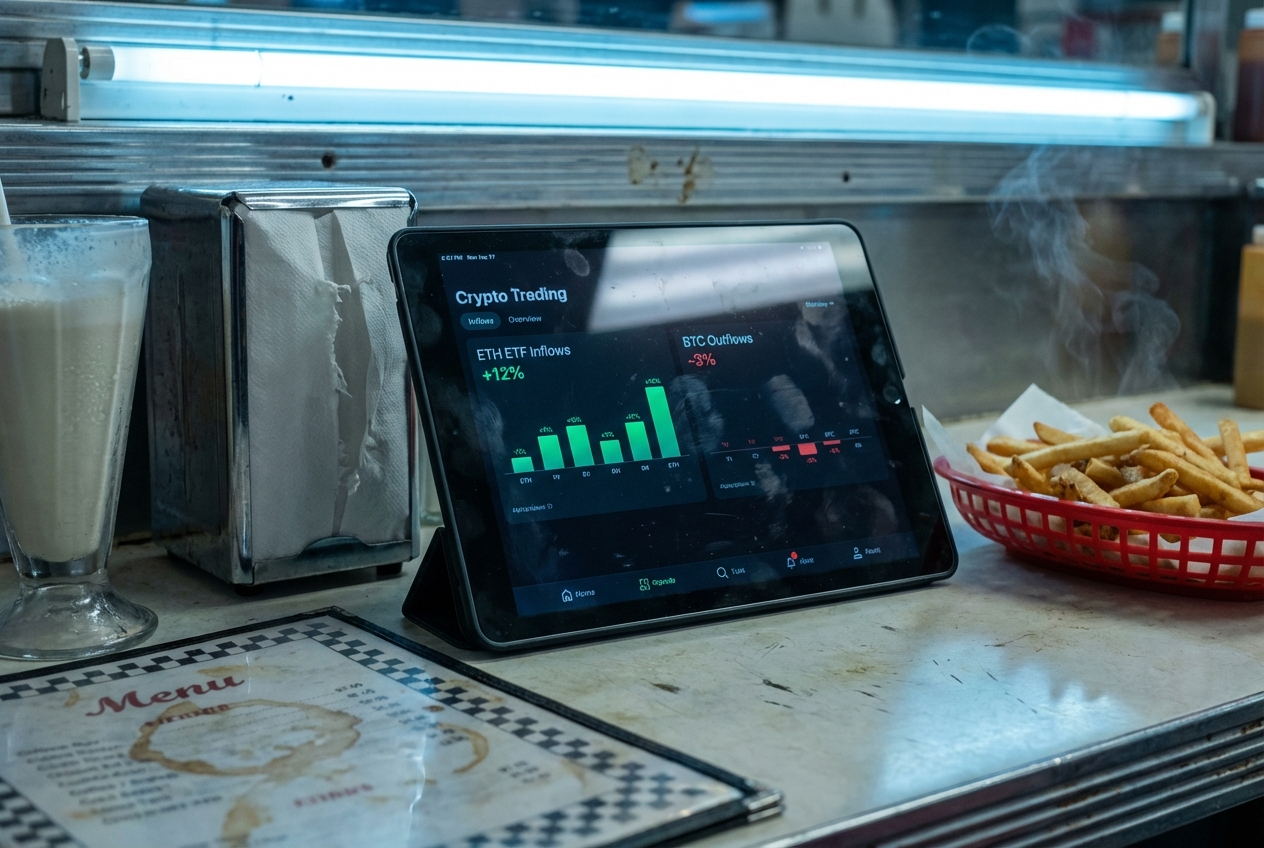
Bitwise Asset Management has achieved a landmark in the evolution of crypto ETFs by executing the industry’s first in-kind redemption for a spot Bitcoin ETF. This move is more than an operational upgrade; it signals a paradigm shift for ETF market infrastructure, leveraging on-chain settlement to enhance transparency, efficiency, and security. The change comes as the U. S. Securities and Exchange Commission (SEC) officially approved in-kind creations and redemptions for crypto ETPs on July 29,2025, aligning these products with established practices in traditional commodity ETFs.
For context, Bitcoin (BTC) is currently trading at $115,726.00, reflecting the asset’s growing institutional appeal and continued volatility. As ETF markets adapt to this new mechanism, Bitwise’s approach is setting the tone for future innovation in digital asset management.
How In-Kind Redemption Works in Crypto ETFs
Traditionally, ETF shares are created or redeemed using cash settlements. In contrast, an in-kind redemption allows authorized participants to exchange ETF shares directly for the underlying assets, such as Bitcoin or Ethereum, bypassing fiat currency entirely. This process is now fully enabled for Bitwise’s flagship funds: the Bitwise Bitcoin ETF (BITB) and Bitwise Ethereum ETF (ETHW). The result is a direct on-chain transfer of assets between the fund and its participants, executed transparently via blockchain.
This model delivers several key advantages:
- Tax Efficiency: In-kind transactions can defer capital gains taxes typically triggered by cash redemptions.
- Operational Simplicity: Settling directly on-chain reduces layers of intermediaries and potential points of failure.
- Transparency and Security: Every transfer is immutably recorded on public blockchains like Bitcoin or Ethereum.
The Mechanics of On-Chain Settlement
The core innovation behind Bitwise’s process is direct blockchain settlement. When an authorized participant initiates a redemption, they receive actual BTC from the fund’s cold storage wallet, transferred on-chain and verifiable by any network participant. This contrasts sharply with legacy systems where final settlement occurs off-chain through custodians or clearinghouses.
The implications are significant:
- No Counterparty Risk: Asset transfers are atomic, either completed in full or not at all, minimizing operational risk.
- Auditability: All transactions are publicly auditable on-chain, providing unprecedented trust for institutional allocators.
- Faster Settlement Times: Blockchain-based settlement can cut down processing times from days to mere minutes or hours depending on network congestion.
Bitcoin Technical Analysis Chart
Analysis by Jackson Avery | Symbol: BINANCE:BTCUSDT | Interval: 4h | Drawings: 6
Technical Analysis Summary
1. Draw a major uptrend trend line from the local low on September 1, 2025, near $110,100 to the recent swing high on September 18, 2025, at $117,100. 2. Add horizontal support lines at $114,500 (recent bounce zone) and $111,000 (major base). 3. Draw a horizontal resistance at $117,100 (recent top) and another at $118,000 (psychological and prior wick high). 4. Highlight the consolidation range between $115,000 and $117,100 from September 14–19, 2025. 5. Place a rectangle to mark the accumulation zone from September 1–7, 2025, between $110,000 and $112,000. 6. Use arrow markers to indicate the recent pullback and possible bullish reversal at $115,500. 7. Annotate a potential aggressive long entry above $116,000 with a stop just below $114,500, targeting $117,100+.
Risk Assessment: high
Analysis: We’re in the midst of a strong trend but near resistance; aggressive entries carry above-average risk, but also above-average reward if the breakout succeeds. Stop placement is crucial.
Jackson Avery’s Recommendation: I recommend aggressive swing longs on dips or on a confirmed breakout above $117,100, with tight stops to limit downside. I’m sizing up, but will cut quickly if $114,500 fails.
Key Support & Resistance Levels
📈 Support Levels:
-
$114,500 – Recent bounce zone and minor support.
moderate -
$111,000 – Major base and prior accumulation zone.
strong
📉 Resistance Levels:
-
$117,100 – Recent swing high; key breakout level.
strong -
$118,000 – Psychological and prior wick high.
moderate
Trading Zones (high risk tolerance)
🎯 Entry Zones:
-
$116,000 – Aggressive long entry on reclaim of minor resistance within uptrend.
high risk -
$114,500 – Dip buy at support, betting on trend continuation.
high risk
🚪 Exit Zones:
-
$117,100 – Profit target at prior swing high.
💰 profit target -
$114,200 – Stop loss below recent support to manage aggressive risk.
🛡️ stop loss
Technical Indicators Analysis
📊 Volume Analysis:
Pattern: Decreasing volume on recent pullback (inferred from price action); bullish.
Volume likely shows declining selling pressure as price corrects, classic in uptrends.
📈 MACD Analysis:
Signal: Likely bullish cross recently; momentum cooling but not reversing.
MACD would likely show bullish momentum, but with some short-term cooling as price consolidates.
Applied TradingView Drawing Utilities
This chart analysis utilizes the following professional drawing tools:
Disclaimer: This technical analysis by Jackson Avery is for educational purposes only and should not be considered as financial advice.
Trading involves risk, and you should always do your own research before making investment decisions.
Past performance does not guarantee future results. The analysis reflects the author’s personal methodology and risk tolerance (high).
The Competitive Edge: Institutional Adoption and Market Impact
This policy shift by the SEC has immediate ramifications across both retail and institutional segments. By enabling in-kind redemptions with real crypto assets instead of cash equivalents, ETFs like BITB become more attractive to sophisticated investors seeking tax optimization and reduced slippage during large transactions.
The competitive landscape among crypto asset managers will likely intensify as more issuers move toward similar structures. According to Bitwise’s latest disclosures, client assets have surpassed $15 billion, a testament to surging demand for compliant exposure to digital assets through regulated vehicles (source). As other issuers follow suit, market liquidity and pricing efficiency should improve across spot crypto ETFs.
Bitcoin (BTC) Price Prediction Table: 2026–2031 Post In-Kind ETF Redemptions
Professional outlook based on post-2025 in-kind ETF redemption approval, institutional adoption, and market evolution.
| Year | Minimum Price | Average Price | Maximum Price | Year-on-Year % Change (Avg) | Key Market Scenario |
|---|---|---|---|---|---|
| 2026 | $89,000 | $123,000 | $157,000 | +6.3% | ETF-driven accumulation, minor corrections |
| 2027 | $101,000 | $136,000 | $180,000 | +10.6% | Broader institutional adoption, macro headwinds |
| 2028 | $120,000 | $155,000 | $209,000 | +14.0% | Global ETF expansion, halving effects |
| 2029 | $138,000 | $177,000 | $240,000 | +14.2% | Mainstream acceptance, regulatory clarity |
| 2030 | $155,000 | $204,000 | $282,000 | +15.3% | Peak cycle, integration with TradFi |
| 2031 | $140,000 | $185,000 | $260,000 | -9.3% | Cycle correction, profit-taking, global macro shifts |
Price Prediction Summary
Bitcoin is expected to maintain an upward trajectory from 2026 to 2030, driven by the institutional inflows enabled by in-kind ETF redemptions, improved operational transparency, and increasing mainstream acceptance. Average prices could rise from $123,000 in 2026 to a peak of $204,000 by 2030, with potential maximums reaching close to $282,000 during cycle highs. A post-2030 correction is likely as market cycles mature and profit-taking sets in, but the long-term outlook remains bullish given continued adoption and technology integration.
Key Factors Affecting Bitcoin Price
- SEC approval of in-kind ETF redemptions enhances institutional participation and market efficiency.
- On-chain settlements boost transparency and security of ETF operations, attracting more conservative capital.
- Upcoming Bitcoin halvings (2028) reduce supply, supporting higher price floors.
- Expansion of global crypto ETPs increases demand and market depth.
- Regulatory clarity in major markets (US, EU, Asia) encourages broader adoption.
- Potential macroeconomic headwinds or regulatory setbacks could trigger corrections, especially after major bull cycles.
- Technological improvements (scalability, privacy, interoperability) could enhance Bitcoin’s utility and value proposition.
Disclaimer: Cryptocurrency price predictions are speculative and based on current market analysis.
Actual prices may vary significantly due to market volatility, regulatory changes, and other factors.
Always do your own research before making investment decisions.
6-Month Price Performance: Bitcoin vs. Major Cryptocurrencies and S&P 500 Proxy
Comparison of Bitcoin (BTC) and leading crypto assets since SEC approval of in-kind ETF redemptions (2025-03-24 to 2025-09-20)
| Asset | Current Price | 6 Months Ago | Price Change |
|---|---|---|---|
| Bitcoin (BTC) | $115,707.00 | $105,219.96 | +10.0% |
| Ethereum (ETH) | $4,475.29 | $3,188.43 | +40.4% |
| Solana (SOL) | $239.01 | $239.57 | -0.2% |
| BNB (Binance Coin) | $997.48 | $566.21 | +76.2% |
| Cardano (ADA) | $0.8980 | $0.8196 | +9.6% |
| XRP (XRP) | $3.00 | $2.84 | +5.6% |
| Grayscale Bitcoin Trust (GBTC) | $90.34 | $85.00 | +6.3% |
Analysis Summary
Over the past six months, Bitcoin (BTC) posted a moderate gain of +10.0% following the SEC’s approval of in-kind ETF redemptions. BNB led the market with a +76.2% increase, while Ethereum (ETH) also outperformed with +40.4%. Solana (SOL) remained flat, and other major assets like Cardano (ADA) and XRP saw modest gains. The Grayscale Bitcoin Trust (GBTC), a proxy for Bitcoin exposure, rose +6.3%.
Key Insights
- BNB (Binance Coin) was the top performer among major cryptocurrencies, surging +76.2% over six months.
- Ethereum (ETH) also showed strong growth, up +40.4%, outpacing Bitcoin’s +10.0% gain.
- Bitcoin’s performance was positive but lagged behind several major altcoins, reflecting a more moderate growth phase post-ETF approval.
- Solana (SOL) remained essentially unchanged, indicating market consolidation.
- GBTC’s +6.3% gain closely tracked Bitcoin’s movement, reflecting its role as a Bitcoin proxy.
This comparison uses real-time market prices as of September 20, 2025, and historical prices from exactly six months prior. All data is sourced directly from the provided CoinMarketCap and CoinGecko links, ensuring accuracy and consistency with the latest available information.
Data Sources:
- Main Asset: https://coinmarketcap.com/academy/article/2e66b1a4-05f7-47fc-804f-237ed57b5061
- Ethereum: https://coinmarketcap.com/academy/article/2e66b1a4-05f7-47fc-804f-237ed57b5061
- Solana: https://coinmarketcap.com/academy/article/2e66b1a4-05f7-47fc-804f-237ed57b5061
- BNB (Binance Coin): https://www.coingecko.com/
- Cardano: https://coinmarketcap.com/watchlist/60218025585b137bf03a64a5/
- XRP: https://coinmarketcap.com/watchlist/60218025585b137bf03a64a5/
- Grayscale Bitcoin Trust: https://coinmarketcap.com/currencies/grayscale-bitcoin-trust/
Disclaimer: Cryptocurrency prices are highly volatile and subject to market fluctuations. The data presented is for informational purposes only and should not be considered as investment advice. Always do your own research before making investment decisions.
Key Benefits of In-Kind Redemptions for Institutions
-
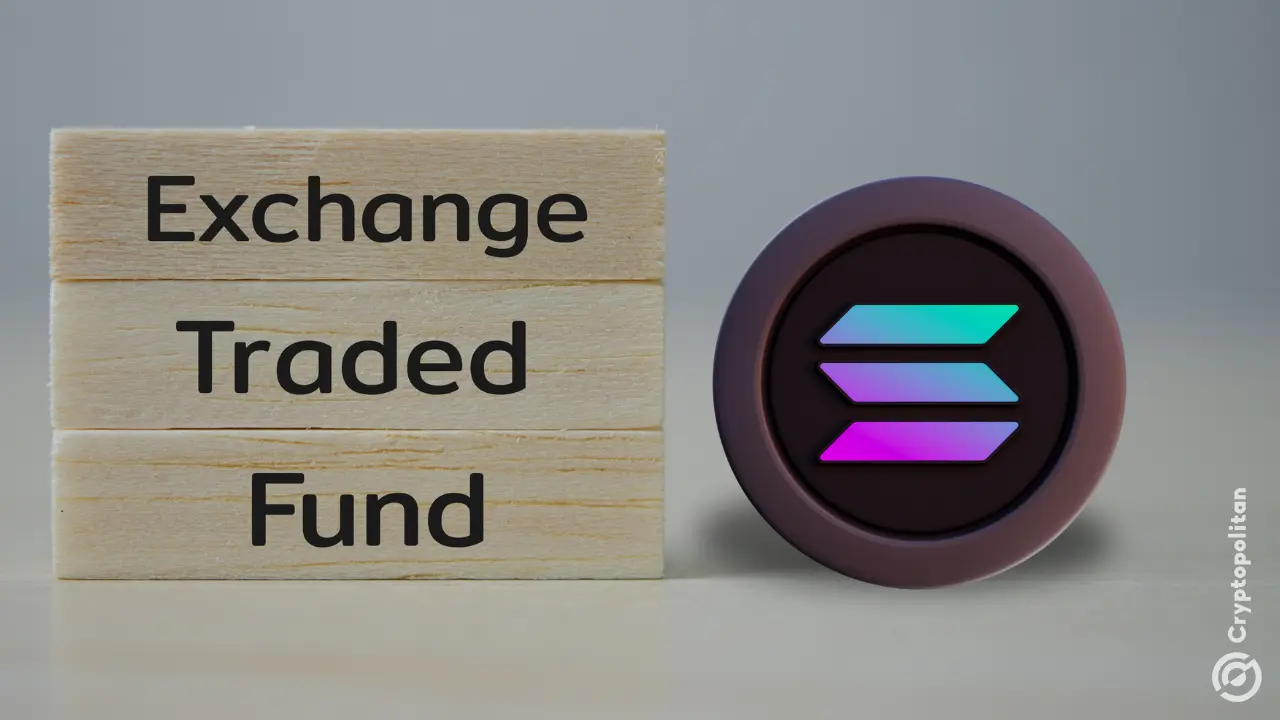
Tax Efficiency: In-kind redemptions allow institutional investors to exchange ETF shares for the underlying cryptocurrency (e.g., Bitcoin) without triggering taxable events, potentially deferring capital gains taxes. This mirrors the tax advantages seen in traditional commodity ETFs.
-

Reduced Transaction Costs: By settling directly in Bitcoin or Ethereum, institutions can avoid multiple conversion fees and bid-ask spreads associated with cash settlements, resulting in lower overall transaction costs.
-

Enhanced Transparency: On-chain settlements record all in-kind transactions on the public blockchain, providing verifiable, immutable records and improving auditability for institutional compliance.
-
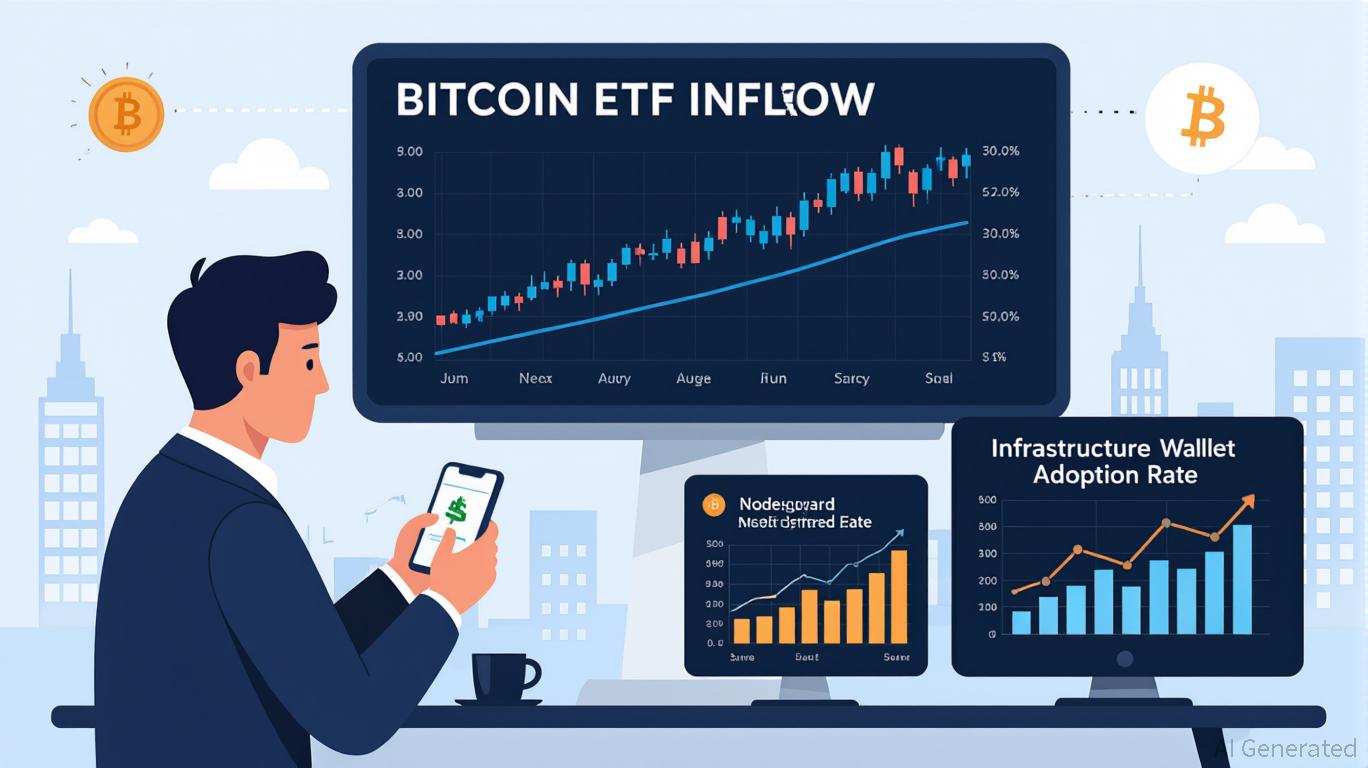
Improved Security: Direct on-chain transfers reduce reliance on intermediaries, minimizing counterparty risk and the potential for operational errors or fraud.
-

Operational Efficiency: In-kind redemptions streamline the creation and redemption process, enabling faster settlement times and more predictable liquidity management for large investors.
